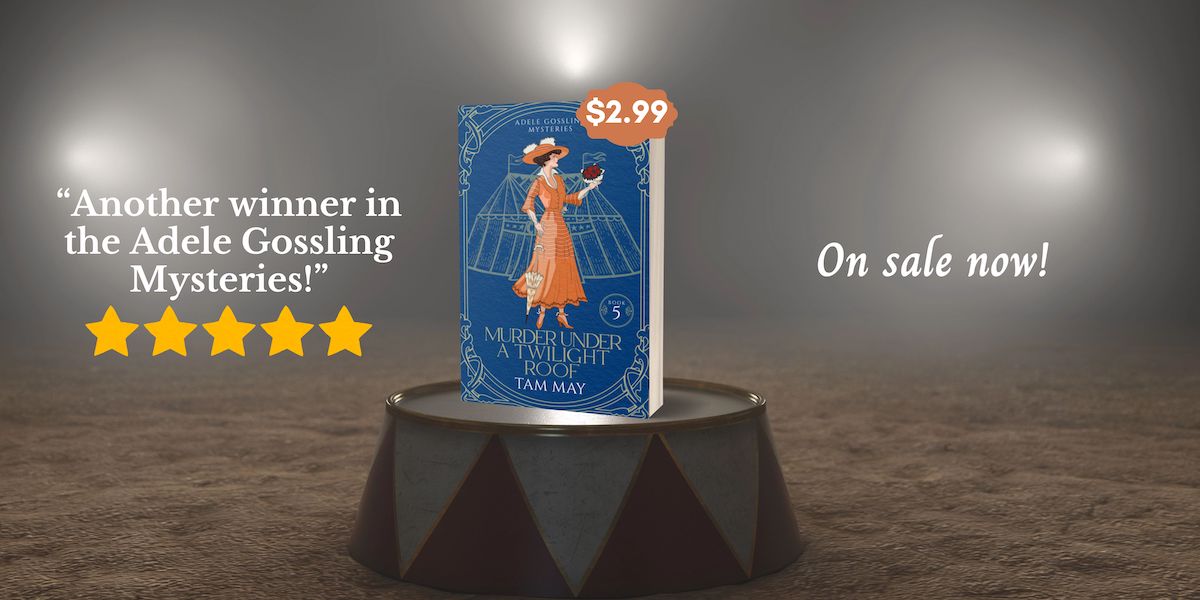While today we think of the circus as something fun, colorful, and family-oriented, it wasn’t always that way. In fact, before the Progressive Era, the circus was considered adult entertainment and not very savory entertainment at that. Even in later years, Hollywood liked to portray the circus as a place filled with vice and crime. For example, the film noir Nightmare Alley (the 1947 version, not the 2021 version) opens with a view of some typical circus side shows with thieves lurking in the crowds and a swindling spiritualist. The police suddenly raid the circus, making accusations of soliciting crime and claiming one of the performers’ costumes is indecent (as defined by the standards of the 1940s). Of course, the circus manager has an explanation for everything, but the police order them to move to another town anyway.
The circus worked hard to clean up its act (no pun intended) in the 20th century. The circus in America really began in the 18th century and for two centuries, was considered the place for crime, vice, and sexual titillation. Circuses were rumored to have made deals with pickpockets who roamed the crowd and then gave the circus manager a cut of whatever they got. Men could come and ogle women in tights and leotards in eras where women kept their entire bodies covered and even a curvacious table leg could be considered risque. There were rumors of prostitution, though there is no evidence that this actually occurred.

This cartoon is taken from a book called Peck’s Bad Boy at the Circus by George W. (Wilbur). According to the caption, the boy Peck’s father is run out of the circus by the police because he was caught standing behind the lion’s cage creating the animal’s roar when the lion had a sore throat. This is an example of how even in the early 20th century, circuses were still seen as dishonest places that were always trying to swindle the public.
Photo Credit: Image from page 108 of “Peck’s bad boy with the circus [microform]” by George W (Wilbur), 1907, University of California Libraries: Internet Archive Book Images/Flickr/ CC0 1.0 Universal
Circuses started to reassess their image in the late 19th century and move toward the more family-oriented entertainment we know today. Circus managers became very strict about things like drinking and men and women socializing together. They included more children-friendly acts such as animals and clowns. The more adult entertainment moved away to the side shows rather than the main circus tent.
Why did the circuses change their image in the late 19th and early 20th centuries? First, these eras marked a period of change and reform in America. America had prospered in the Gilded Age but with it came the baggage of greed, corruption, and extravagance. These reformers wanted a cleaner, better America and pushed for reform in the entertainment field as well, including burlesque, vaudeville, and circuses. And second, they changed for the same reason Las Vegas changed in the 1990s: money. This era also was the birth of leisure and family fun and circus managers shrewdly realized, just as the Vegas hotel managers did, that children were a lucrative market they were missing by entertaining only adults.
Book 5 of the Adele Gossling Mysteries, which turns a year old this month, is all about the circus. The conflict between the circus as vice and the circus as decent entertainment unfolds within the mystery of the death of the star performer. If you want to grab your copy, you can do so here.
If you love fun, engaging mysteries set in the past, you’ll enjoy The Missing Ruby Necklace! It’s available exclusively to newsletter subscribers here. By signing up, you’ll also get news about upcoming releases, fun facts about women’s history, classic true-crime tidbits, and more!






